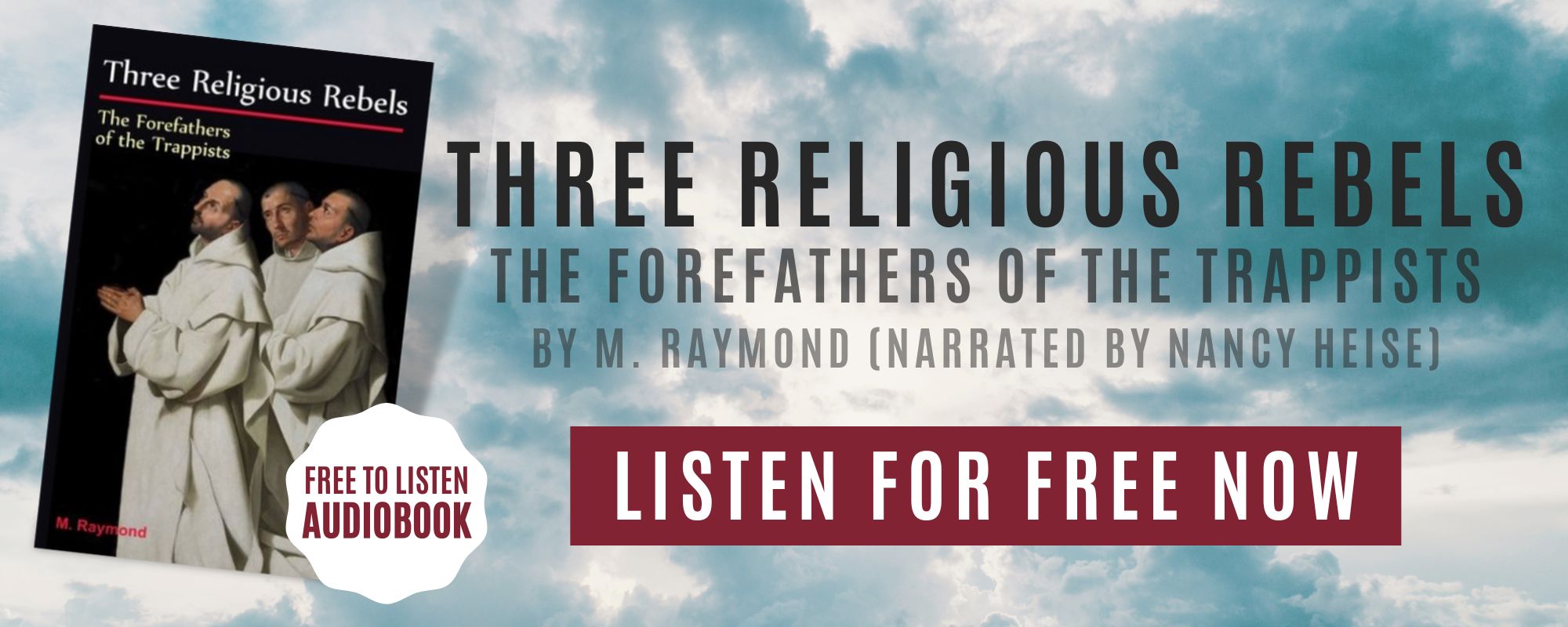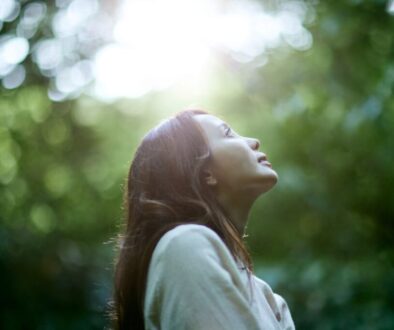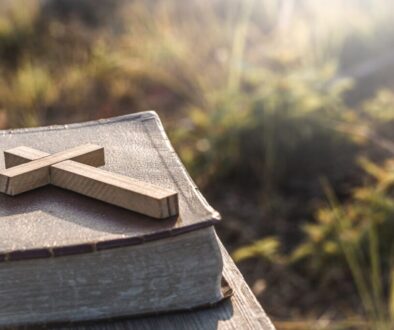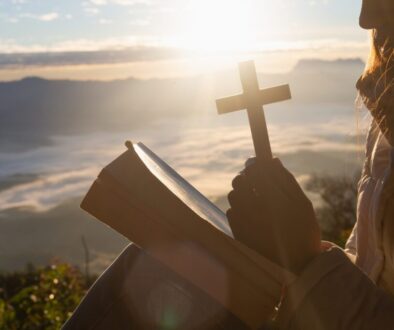How Did Medieval Monks Live?

Published February 4, 2021
Popular culture often depicts medieval monks as balding old men hunched over wooden tables and writing manuscripts by the candlelight. So it’s no wonder why we often think of them as living a rather mundane existence. But monastic life in the middle ages is much more complicated than you might think.
Since ancient times, many people have chosen to leave everything behind in favor of an ascetic lifestyle. They believe that getting rid of material distractions can help them get closer to God. As time went by, these people began to live in small secluded communities. Thus began the concept of monasteries.
In around the year 516, St. Benedict of Nursia introduced the Rule of St. Benedict. It’s a compilation of edicts for monks living communally under the rule of an abbot. These precepts became the foundation for monastic life from the middle ages until today.
Why Medieval People Choose to Become Monks
There are various reasons why people would want to become a monk in the middle ages. The most common of which is food security. Since monasteries are self-sufficient and most of them own large tracts of land, monks often eat and live better than common people.
Other people also voluntarily become monks because:
- it’s a respected profession
- monasteries offer better accommodations
- there’s a chance of real power if one rose to the top
But monkhood in the middle ages isn’t just for the common people. In fact, noble families traditionally send their second or third-born sons to monasteries. Since they will not inherit the family’s estates, these children often have to make a career for themselves. And getting an education at the monastery will equip them for the careers they will choose later on. Though most of them eventually take up vows and dedicate their lives to God.
How Does One Become a Monk in the Middle Ages?
Becoming a monk in the middle ages is quite straightforward. Unlike today, monkhood in the middle ages didn’t have an age limit. Children as young as five years old are often sent to live in monasteries as oblates. While those who join at 15 years or older are referred to as novices.
After a year as a novice, they’re already allowed to take monastic vows and become a real monk. Those who choose not to may leave the monasteries once they come of age.
Monkhood was also not an irreversible career choice back then. A monk may renounce his vows and leave the monastery if he so chooses.

Life in the Monastery
Monastic life may have undergone several reforms since the middle ages. But it still follows the same basic principles defined under the rule of St. Benedict.
Prayer
Prayer and meditation are prominent parts of a medieval monk’s life. They begin and end their day with prayer. There’s a specific prayer for different times of the day and for every occasion.
While meditations are done in silence, medieval monastic prayers are often in songs and hymns. In fact, the Psalter or Book of Psalms played an important role in medieval monastic devotion. Reciting the entire psalter in a week is an important monastic tradition. Some monastic orders even have their monks recite the entire book in a single day during special ocassions.
Communal Labor
Since monks have to produce their own food, they have to spend a part of their day doing communal labor. Some work in the fields while others work in the kitchens. Each has their own role to fulfill to ensure the monastery’s self-sustained existence – much like what modern monks do.
But aside from practical purposes, doing manual labor is also considered a way of getting closer to God. That’s why some monastic orders require their monks to do any sort of manual labor.
Scholarly Pursuits
The image of monks hunched over a manuscript might be a little cliche but it’s not far from the truth. Much of the written materials during the middle ages were produced in monasteries. Often because monks are the only literate people in the community during those times. It’s also thanks to the works of these monks that some of the greatest literary works from those times have survived until today.
The Role of Monks in the Medieval Community
Contrary to popular belief, medieval monks are not just confined to the monasteries. They also fulfill various roles in the community.
Aside from their religious purposes, monasteries are also a refuge for travelers. Some monks also give back to the community by putting up hospitals, orphanages, homes for the aged, and even public bathhouses.
Many monasteries also house libraries and serve as a center of learning. They not only produce their own artworks but also encouraged art by patronizing the works of craftsmen and local artists. Their writings were also instrumental in spreading the Christian message around the world.
Seek a Deeper Connection with God and Join Lay Cistercians of South Florida
Lay Cistercians of South Florida, is a community of lay people who seeks to have a deeper connection with God by living a life inspired by the monks and nuns through Lay Monasticism. Learn more about what is a Lay Cistercian on our website. Anyone who aspires to do the same as us, and is a confirmed Catholic is welcome to join us! We meet every second Saturday of the month at Emmanuel Catholic Church in Delray Beach, Florida.

This Content Has Been Reviewed For Accuracy
This content has undergone comprehensive fact-checking by our dedicated team of experts. Discover additional information about the rigorous editorial standards we adhere to on our website.

About The Author
Judy Ponio is a professional writer for the Lay Cistercians blog and a devoted Catholic. She works hard to ensure her work uses accurate facts by cross checking reputable sources.




